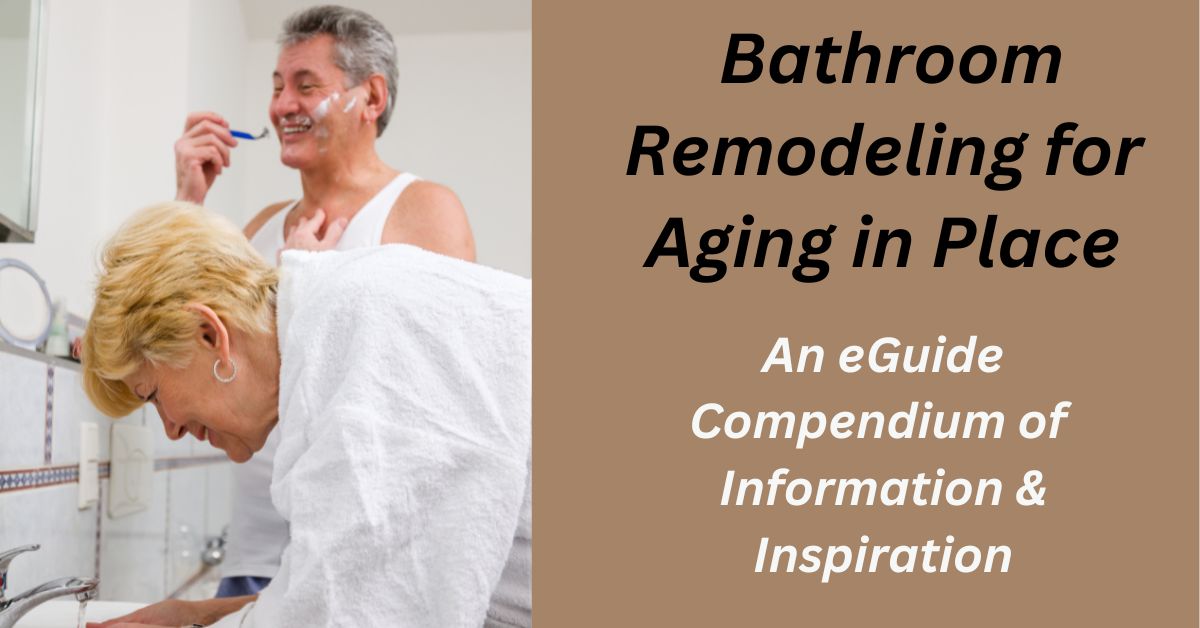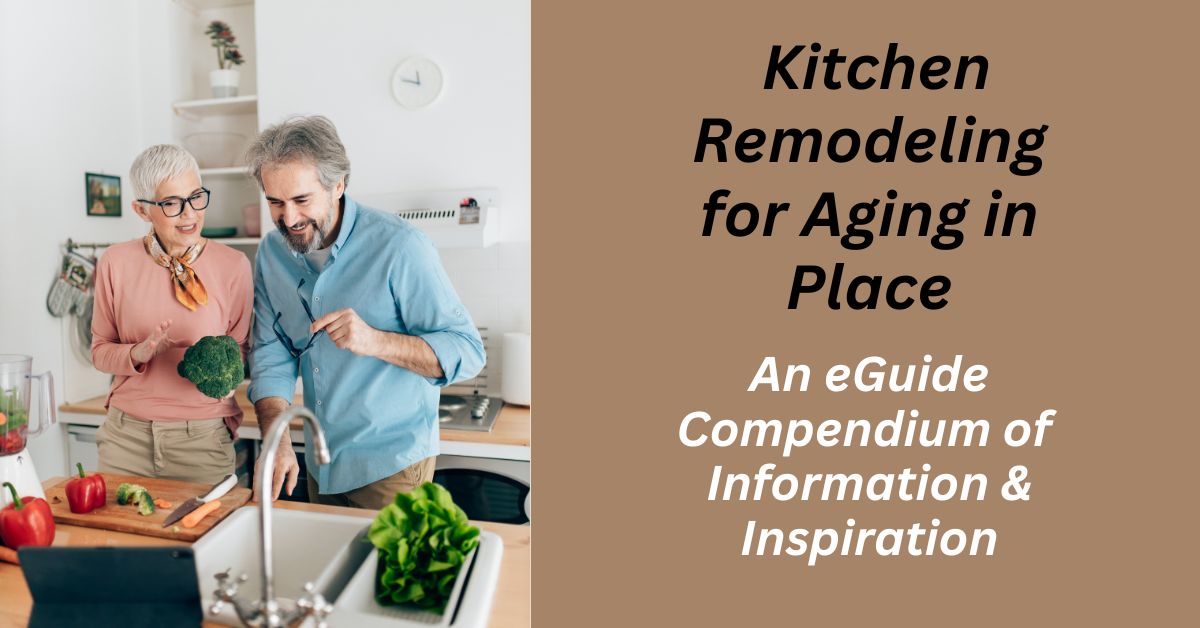Table of Contents
Note: If you came to this post about circadian rhythm lighting through a random search, please click on this parent page and our home page for more context.
So What Is Circadian Rhythm Lighting?
Circadian rhythm lighting is a beneficial LED technology. It mimics the effect of natural lighting during the day from sunrise, through noon, to sunset. It does this by progressively modulating the intensity and color of artificial light. This is a great application in the right circumstance but is no substitute for natural lighting.
- Related post: Healthy Home
Circadian lighting is an all-the-rage trending buzz phrase but what does it really mean?
The Circadian Rhythm
First, let’s understand the word “Circadian.” It is derived from two Latin words, “circa” meaning “approximately” and “diem” meaning “day.” So, putting them together, “circadian” means “approximately a day.”
Humans have an internal circadian clock that over the ages has been programmed to respond to the natural changes of light during the 24-hour day. The body responds on a variety of mental, physical, and behavioral levels.
This means that the circadian clock influences our alertness, performance, blood pressure, hormone levels, body temperature, metabolism, and sleep.
Here’s a great explanation: The circadian rhythm affects us on many deep levels, including our immune system.
How Does Natural Daylight Change?
As the sun moves across the sky sunlight is filtered through the atmosphere in different ways. At the low elevations of early morning and late afternoon, sunlight has to travel longer distances through the atmosphere than when it is overhead at noon.
Our school physics class taught us that light comes in a rainbow spectrum of light waves ranging from infrared to ultraviolet (or blue).
The further light travels through the atmosphere, the shorter wave blue light is progressively scattered and effectively blocked. This is why the sun appears redder early and late in the day. But when the sun is directly overhead with the least atmosphere to penetrate, the maximum blue light comes through strongly.
This is what our circadian systems want. At the beginning of the day, our system wants a gradual wake-up in red light. Then it needs to be stimulated by blue light during the working day. And then at the end of the day, it wants to be soothed by red light.
The Circadian Light Problem
So, here’s the problem. We spend much of our lives indoors and rely heavily on artificial electric light. But, until the advent of circadian lighting systems, this type of artificial light is in a constant state. That is to say, it does not change in the same way that natural daylight changes during the day.
Scientists have found that this unchanging artificial light can harm our circadian clock. This in turn harms the biological and psychological functions associated with it.
So What Is the Solution to This Problem?
The best and most obvious solution is to bring as much natural light into the home as possible. This is why the Europeans, especially Germans, actually mandate minimum levels of natural lighting in workspaces.
How to Bring More Natural Light Into the Home
There are many ways to maximize the presence of natural light in the home. And together they all have a cumulative effect. Natural light is a mood booster. You know this when you compare a sunny day with a cloudy day.
20 Ways to Bring More Natural Light Into Your Home
- Install skylights.
- Install solar tubes.
- Install more or larger windows.
- See if you can install glass patio doors to access the yard.
- Keep windows clean.
- Trim back any trees or shrubs that may be keeping light away from the windows.
- Install glass block walls.
- Install light-colored flooring for the reflective effect.
- Paint walls and ceilings in light colors. Ceilings should preferably be white. Use high-gloss paint.
- Install mirrors. Placing mirrors opposite each other makes for a great reflective effect.
- Use other decorative reflective surfaces to bounce the light around. This might include glass objects.
- Include a water feature. A fountain or fish tank will add another reflective surface.
- Paint the roof eaves white. The reflective effect increases the amount of light transmitted through the windows.
- Use glass or reflective tiles in kitchen and bathroom backsplashes.
- Move furniture away from windows so that it does not obstruct the light.
- Use light-colored furniture.
- Change out heavy window drapes with a translucent material.
- Replace a solid exterior door with one that has a window built in.
- Where appropriate, use glass interior doors.
- If you are doing a remodeling project, don’t forget that removing interior partition walls can dramatically increase the amount of interior light available in the home.
Circadian Lighting Systems
We now use Circadian lighting systems to supplement natural lighting iIn enclosed spaces.
But until recently, this was not possible. The electric light was either switched on or switched off. Certainly, we were able to use a dimmer but there was no way of controlling the color of light it emitted.
But now, with the advent of LED lighting, we can mix, manage, and modulate light colors and luminescence in such a way as to mimic circadian lighting. In other words, these circadian lighting systems can provide what our circadian rhythm desires.
Basically, these systems give us brighter and colder blue light in the middle of the day and warmer red light at the beginning and end of the day. It is an artificial way of providing a timed sunrise-through-noon-to-sunset effect.
A circadian lighting system moves through the color spectrum from a dim and warm 2700K through a bright and cool 6500K+ and back again to 2700K.
Note: K = Kelvin and is a measure of color temperature. We discuss it in our post on lighting for the visually impaired.
- Related post: Interior Lighting
Kelvin Application
Here is an interesting table courtesy of Westinghouse that illustrates the Kelvin range of light temperature that is useful in static lighting. It has specific applications.
What is unique about circadian lighting systems is that they can change the temperature of individual light bulbs.
Commercial-Scale Circadian Lighting Systems
Circadian lighting is being installed at scale in commercial environments. For example, Watermark Retirement Communities are installing circadian systems in many of their properties because they find that it helps, for example, with the sundowner syndrome that affects Alzheimer’s patients.
And then NASA is looking at circadian lighting to help astronauts on the international space station. These people can experience 16 sunsets a day since the space station orbits the Earth 16 times per day. This has an adverse effect on their circadian rhythms and a consequent adverse effect on their well-being and performance.
Home Circadian Lighting Systems
On a much smaller and less ambitious scale, we can now use circadian lighting systems to supplement the natural light in our homes. And, of course, they are great for basements, where there is no natural light anyway.
So What Systems Are Available?
Circadian lighting is still an emerging technology and it does not seem right to go overboard with it right now. So, at this point, all we would suggest is that you just try it out.
By the way, the cost of entry-level systems is negligible compared to some of the ways of bringing natural light into the home we described earlier.
So we suggest you check out these two systems on Amazon:
Conclusion
Natural daylight is essential to our health and supports our built-in circadian rhythm. So the more natural light we can bring into our homes, the better it is for us. However, the new circadian lighting technology is an important development and we should take advantage of it.
Many of the rooms in our homes have been designed without windows or skylights and are devoid of natural light. This would include some of our bathrooms and certainly our basements. These would be great candidates for a circadian lighting system.
And then evening and nighttime illumination of living rooms and bedrooms can benefit from a soothing red-shifted light temperature as opposed to the standard harsh white electric lighting we are accustomed to.







Leave a Reply